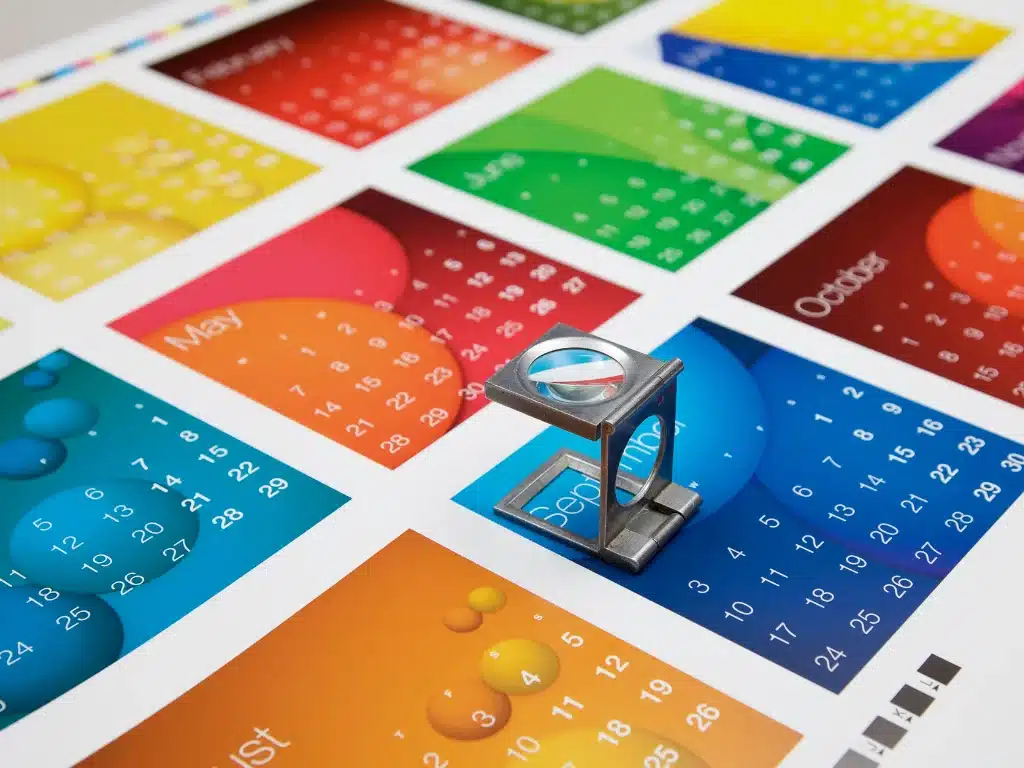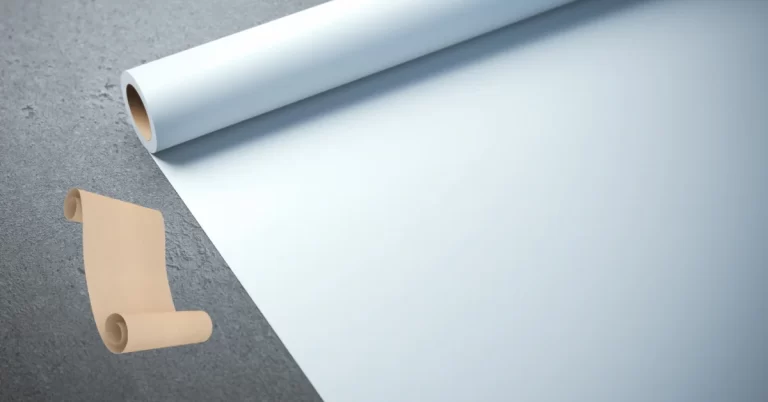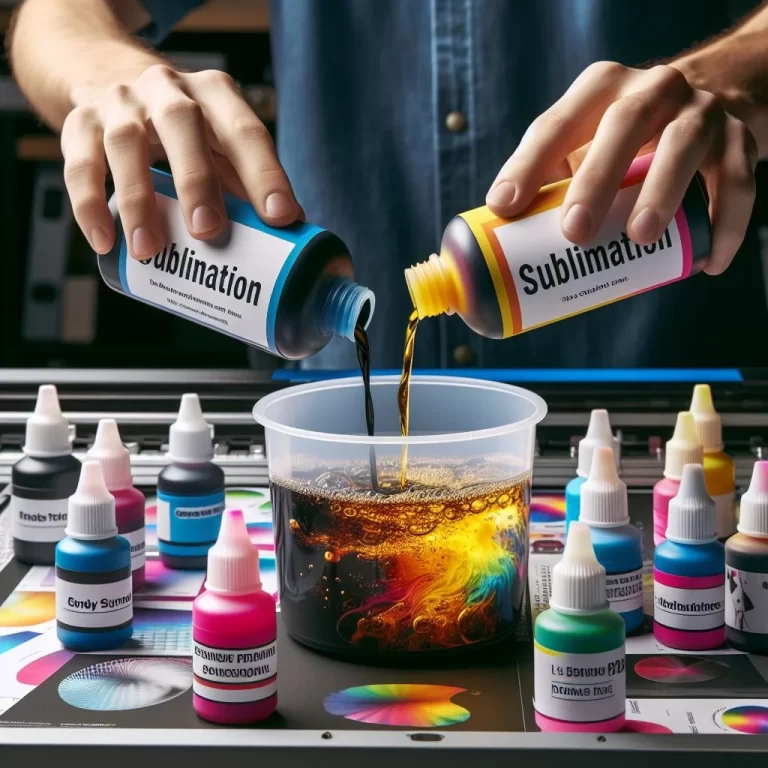How I Mastered Sublimation Printing Settings – A Comprehensive Guide
Mastering sublimation printing settings can seem challenging at first, but with patience and the right guidance, it’s quite achievable. In this guide, I share my experiences and tips, aiming to help you produce vibrant, high-quality prints while avoiding common mistakes.
How I Mastered Sublimation Printing Settings
Sublimation printing has revolutionized the way we customize and personalize a wide range of products. When I first ventured into the world of sublimation printing, I was overwhelmed by the myriad of settings and configurations needed to achieve perfect results.
Through extensive research, trial and error, and a lot of patience, I managed to master the essential sublimation printing settings. Here, I share my journey and the critical factors that contributed to my success.
Understanding Sublimation Printing
Sublimation printing is a digital printing technology that utilizes heat to transfer dye onto materials such as fabric, metal, or plastic. Unlike other printing methods, sublimation infuses the dye into the substrate, resulting in vibrant and long-lasting prints. The process involves several critical elements, including sublimation paper, ink, printer, and heat press settings.
Essential Sublimation Printing Settings
To achieve the best results, it is crucial to understand and optimize various sublimation printing settings:
1. Heat Press Settings
Heat press settings are paramount in ensuring that the dye sublimates correctly onto the substrate. The two main variables here are temperature and pressure.
- Temperature Settings: Most substrates require a temperature range of 375°F to 400°F. However, different materials may need slight adjustments to achieve optimal results.
- Pressure Settings: The pressure should be firm but not excessive. Too much pressure can cause the substrate to deform, while too little can lead to incomplete transfers.

2. Transfer Paper Settings
Choosing the right transfer paper is vital for sublimation printing. The paper must be compatible with your sublimation printer and ink. High-quality sublimation paper ensures that the ink transfers efficiently and evenly.
3. Sublimation Ink Settings
Sublimation ink is specially formulated to convert from a solid to a gas without becoming liquid. Proper ink settings are crucial to maintain color accuracy and print quality.
- Color Management: Using ICC profiles helps in managing color accuracy. These profiles are customized for your specific printer and ink, ensuring that the colors you see on your screen match the printed output.
- Ink Density: Adjusting the ink density can help in achieving the desired vibrancy and saturation of colors.
4. Sublimation Printer Settings
The sublimation printer plays a significant role in the overall process. Printer settings such as print resolution and DPI (dots per inch) need to be optimized to ensure sharp and clear prints.
- Print Resolution: A higher print resolution (typically 300 DPI or more) is recommended for detailed and high-quality prints.
- Printer Calibration: Regular calibration of the printer ensures consistent output and minimizes issues such as banding or color shifts.
Steps to Master Sublimation Printing Settings
Mastering sublimation printing settings involves a systematic approach. Here are the steps I followed:
1. Research and Learning
The first step was to gain a comprehensive understanding of the sublimation process. I read numerous articles, watched tutorials, and joined online forums dedicated to sublimation printing. Understanding the science behind the process was crucial.
2. Experimentation and Documentation
With foundational knowledge in place, I began experimenting with different settings. I documented each experiment, noting the temperature, pressure, time, and other variables. This documentation helped me identify the optimal conditions for different substrates.
3. Color Management
Achieving color accuracy was one of the biggest challenges. I invested time in understanding ICC profiles and how they could be used to manage colors. Creating custom ICC profiles for my printer and ink significantly improved the color consistency of my prints.
4. Printer Maintenance
Regular printer maintenance ensured that my equipment was always in top condition. This included routine cleaning of the print heads, ensuring proper ink flow, and updating firmware.
Tips for Optimizing Sublimation Printing Settings
Here are some practical tips that helped me optimize my sublimation printing settings:
1. Use High-Quality Materials
Invest in high-quality sublimation paper, ink, and blanks. The quality of your materials directly impacts the final print.
2. Test Small Batches
Before printing large batches, I tested small samples. This helped in fine-tuning the settings and avoiding costly mistakes.
3. Monitor Environmental Conditions
Environmental factors such as humidity and temperature can affect the sublimation process. Keeping my workspace climate-controlled helped in maintain consistency.
4. Continuous Learning
The field of sublimation printing is ever-evolving. Staying updated with the latest trends, techniques, and technologies is essential for continuous improvement.
Common Challenges and Solutions
Despite meticulous preparation, I faced several challenges. Here are some common issues and how I resolved them:
1. Ghosting
Ghosting occurs when the transfer paper shifts during the pressing process, resulting in a shadow effect. To prevent this, I used heat-resistant tape to secure the transfer paper.
2. Inconsistent Colors
Inconsistent colors can be due to improper color management. Using accurate ICC profiles and regularly calibrating the printer helped in maintaining consistent colors.
3. Poor Ink Transfer
Poor ink transfer can result from using low-quality sublimation paper or incorrect temperature and pressure settings. Ensuring high-quality materials and optimal settings resolved this issue.
Advanced Techniques
As I became more proficient, I explored advanced techniques to enhance my prints:
1. Multi-Substrate Printing
Experimenting with different substrates like fabric, metal, and ceramics opened new possibilities. Each material required specific settings for optimal results.
2. Custom ICC Profiles
Creating custom ICC profiles tailored to my printer, ink, and substrate combinations allowed for precise color control and improved print quality.
3. Complex Designs
Working with intricate and complex designs required careful consideration of print resolution and color accuracy. Using high-resolution images and detailed designs helped in achieving stunning prints.
Final Words:
Mastering sublimation printing settings is a journey that involves continuous learning, experimentation, and optimization. By understanding the critical factors such as heat press settings, transfer paper settings, sublimation ink settings, and printer settings, I was able to achieve high-quality and consistent prints. Whether you’re a beginner or an experienced professional, the key to success lies in attention to detail and a willingness to learn and adapt.
Happy printing!
Let me know if you have any further questions or need assistance with anything else!
🚀 Elevate Your Printing Game
Professional printing resources for stunning results
Common Queries:
What materials can be used for sublimation printing? It can be used on various materials, including polyester fabrics, ceramic mugs, and aluminum sheets. It’s important to note that the material must withstand high temperatures to achieve a successful transfer.
What kind of printer is needed for sublimation printing? A specialized sublimation printer is required for this type of printing. These printers use heat to transfer dye onto the material and are typically designed for larger formats.
What are the benefits of sublimation printing? Sublimation offers several advantages over other printing methods. It produces high-quality, vibrant, long-lasting images that can be printed on various materials. It is also a cost-effective method for producing small quantities of customized items.
What are some common mistakes to avoid when doing sublimation printing? Common mistakes to avoid when doing sublimation printing include using the wrong settings, not properly preparing the transfer paper, and not correctly calibrating the printer. It’s important to carefully follow the manufacturer’s instructions and test the settings before printing the final product.
How long does sublimation printing last? Sublimation prints are long-lasting and will not fade or peel over time. They can withstand regular use and washing without losing their vibrancy or quality.
Go forth and print with confidence! Is P.S. Still feeling stuck? Please drop a comment below, and let’s troubleshoot together!





